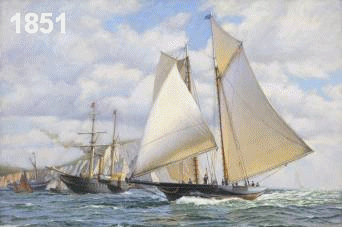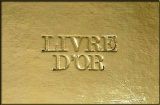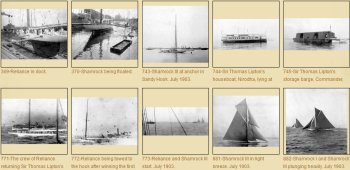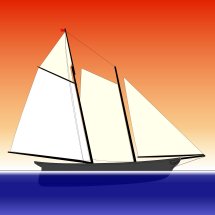 AMERICA'S CUP
AMERICA'S CUP1851-1937
"If we can fly today in the San Francisco Bay, this is because there have been "adventurers" like Walter Greene and Mike Birch.
To understand the future, we must know and respect the past."
Loïck PEYRON (Voiles et Voiliers July 2014)
![]()














 Third victorious design of "Nat" Herreshoff
Third victorious design of "Nat" Herreshoff W. Starling Burgess was born in 1878, and was an aeronautical engineer and naval architect. His father, Edward Burgess, designed the America's cup defenders PURITAN, MAYFLOWER and VOLUNTEER. Orphaned by the age of 12, after his parents died within months of each other (typhoid Fever, pneumonia), Burgess was raised by relatives, and mentored by many of his father’s legendary colleagues, including George Lawley Jr,...
W. Starling Burgess was born in 1878, and was an aeronautical engineer and naval architect. His father, Edward Burgess, designed the America's cup defenders PURITAN, MAYFLOWER and VOLUNTEER. Orphaned by the age of 12, after his parents died within months of each other (typhoid Fever, pneumonia), Burgess was raised by relatives, and mentored by many of his father’s legendary colleagues, including George Lawley Jr,... Born in Wivenhoe in 1850, John Carter began sailing at a young age aboard "smacks", the typical fishing boats of Rowhedge and its neighbourhood. At the age of 22, he helmed small yachts and in 1875, he distinguished himself as the skipper of the 10-ton Lancer and later of the 110-ton cutter Moina.
Born in Wivenhoe in 1850, John Carter began sailing at a young age aboard "smacks", the typical fishing boats of Rowhedge and its neighbourhood. At the age of 22, he helmed small yachts and in 1875, he distinguished himself as the skipper of the 10-ton Lancer and later of the 110-ton cutter Moina.


